Last Updated on August 2, 2021

Ink & Pixel is a source of pride and joy for me as a writer and as such, I’m always striving to take this column further for those who read and enjoy it. If you yourself, or anyone you know, helped to make any of the amazing feature animated films found within this column, I would love to talk to you to further my knowledge. Please contact me at [email protected] so we can discuss it further.

A lot of people and critics alike are always talking about how amazing human performances are in film. However, today I want you to remember all of our robotic brethren, and how their varied antics have brought us much joy over the years. I’m talking about Maschinenmensch of METROPOLIS, Robby the Robot of FORBIDDEN PLANET, The Iron Giant, the T-100, Gort of THE DAY THE EARTH STOOD STILL, C-3PO and R2-D2, Johnny 5, and all the mechanical marvels who managed to tug at our heartstrings and prompt us to question our humanity. This Ink & Pixel is for them. I personally can’t think of a better way to honor them all then by taking an in-depth look at Pixar Animation Studios outer space epic, WALL-E. After all, it was this emotional roller coaster of a film that brought us two of films most beloved robotic characters of recent times: WALL-E and EVE.

Released in June of 2008, WALL-E is the computer animated, science-fiction, romantic comedy film produced by Pixar Animation Studios under the direction of Andrew Stanton. Featuring the voices of Ben Burtt, Elissa Knight, Jeff Garlin, Fred Willard, and Sigourney Weaver among others, WALL-E serves as both a cautionary tale to mankind about their wasteful nature as well as an homage to the classic romance films of the silver screen. The story of WALL-E unfolds in the year 2105, a time when the Earth has become uninhabitable, due to massive quantities of garbage left upon its surface by the megacorporation Buy ‘n’ Large. In an attempt to revitalize the planet, BnL asks that Earth be evacuated in order to make way for an army of WALL-E brand trash compactor robots – whose prime directive is to help clean up the mess. Eventually, BnL abandons the mission, leaving countless solar powered WALL-E units to roam the Earth’s surface.

Now, after 700 years have passed, the hope of restoring Earth to its former glory is remembered as nothing more than a failed dream. Fortunately for Earth, one WALL-E unit has become sentient, and is about to encounter the greatest aspect of the emotional electromagnetic spectrum; love. Because as luck would have it, a BnL sponsored starliner ship called the Axiom has continued the effort to send EVE units to our ruined planet. The EVE unit’s prime directive is to search for vegetation that might still be left upon the Earth’s floor. It’s with any hope that if plantlife can be salvaged that it can one day restore the poisoned land to its natural state. This wandering EVE unit, soon discovers that the last known form of flora is indeed being kept safe by the lovable WALL-E. Thus begins an adventure in discovery, love, and restoring the planet to its green and glorious self.

Like every great idea that’s ever come to fruition, WALL-E underwent a series of changes during its “conception” stage before it became one of Pixar’s premiere feature length films. The idea for the movie itself was conceived by Andrew Stanton during a creators lunch with fellow writers and filmmakers John Lasseter (TOY STORY, CARS, A BUG’S LIFE), Pete Doctor (MONSTERS INC., TOY STORY 2, UP) and the late Joe Ranft (THE LITTLE MERMAID, CORPSE BRIDE, FANTASIA 2000) back in 1994. Sometimes all it takes is one question to spark a series of others. Eventually each of those questions combined amount to a hell of an idea being born. In the case of WALL-E, it was simply a matter of Stanton asking his friends the question: “What if mankind had to leave Earth and somebody forgot to turn off the last robot?”

After toying with ways to make WALL-E a character that human viewers could relate to, Stanton came up with the idea of making him a waste collector – a low-status, menial job, blue-collar robot that would appear sympathetic to its audience. In addition to this, Stanton also desired for the character of WALL-E to share human interests – such as item collection, a flare for cinema, and above all else, a love for music. And speaking of music, it would be remiss of me not to include some facts about the film’s atmospheric and engrossing soundtrack. Returning to Pixar, after his success with scoring the film FINDING NEMO, was Stanton’s friend in film, Thomas Newman. Newman began writing the score for WALL-E in the year 2005. At first, the themes heard throughout the film were almost entirely orchestral, but were later altered to include a series of electronic elements. This dynamic, new approach was meant to reflect the futuristic backdrop of the film.

In addition to the electro-orchestral score heard throughout the film, Newman also included a series of songs from artists such as Peter Gabriel, Louis Armstrong, and Bing Crosby. In one such case, Stanton wished to include the song “Put On Your Sunday Clothes” from the musical “Hello, Dolly!” This song, features lyrics that describe two naive, young men looking for love. Stanton interpreted this as a reflection of WALL-E’s desire for companionship, and was therefore thought it was perfect for the film. In conjunction with this, was the inclusion of a scene in which WALL-E views the film version of “Hello, Dolly!” through the use of discarded video tapes, in which he pays special attention to the moment when the song “It Only Takes a Moment” is performed. During this performance, amid all the song and dance, a moment is shared when the actors can be viewed holding hands with one another. WALL-E, wanting so desperately to make a true connection with another life form, cherishes this moment, and thereby forges himself yet another directive in life – to share that gesture with another.

During its production, WALL-E (the film) required a total of 125,000 storyboards as opposed to the usual 75,000 (approximately) of any other Pixar film. The idea was to divide the emotional tones of the film into three separate acts. At first, the film is enigmatic and romantic in its presentation. It’s quite beautiful how although Pixar introduced to a ruined Earth at the start of the film, that there is still such an abundance of visual splendor via the infinite amount of stars and multi-hued gases found within the cosmos. The colors used for this first act in a partnership with the soothing strings and wind-related music, create a soothing atmosphere for the viewer, placing us all at ease, as we witness the birth of WALL-E and EVE’s relationship. The second act, where we board the Axiom, is far more sterile and akin to that of other science-fiction based environments. The third act can be looked upon as a marriage of these two opposing aesthetics, as the romantic (and indeed hopeful) themes of the film make their way onto the ship. Production designer Ralph Eggleston, lent his expertise in lighting to the film, making certain that feelings of love and revitalization would triumph over the film’s gloomier themes by the start of the closing credits.

While making the film, Stanton and his crew of technicians and animators visited NASA’s Jet Propulsion Laboratory located in Pasadena, California. The primary function of this lab is to aide in the construction of robotic planetary spacecraft, and thereby to conduct Earth-orbit as well as astronomy missions for the United States. During Team Pixar’s visit to the facility, the makers of WALL-E studied various types of robots and even watched footage taken by the Mars Rover – a machine built for the exploration and collection of data from our neighboring red planet. In their travels, Pixar managed to secure (or borrow) a bomb detecting robot from the San Francisco Police Department. Each of these efforts into the study of interplanetary exploration in addition to robotic safety devices lead to the crafting of WALL-E and his adorable appearance.

Staying on the topic of design for just a few more moments, let’s investigate the character of EVE, WALL-E’s robotic love interest. When making decisions as to what EVE would look like, Stanton turned to more recent and hip technologies as opposed to WALL-E’s archaic, R.O.B.
-like appearance. After an artist named Jay Schuster designed EVE with having a smooth, sleek, and polished appearance, Stanton consulted iPod designer, Jonathan Ive, to share his thoughts after the project was complete.

Upon settling on EVE’s overall look, it was clear that the animators would have to work extra hard at making EVE appear expressive to the film’s audience. Why? To put it plainly, there is something very sterile and simple about Apple’s approach to design in regard to their technology. This certainly is not a criticism on my part. I rather enjoy the clean, minimalistic nature of their products – but that might not necessarily translate well to an animated character for obvious reasons, ya dig? In wanting EVE to be a rather expressive character, her design included a pair of highly passionate Lite-Bright inspired eyes.

Particular attention was also paid to the way in which EVE would move. Because she was created with not having any legs or treads upon which to travel, Pixar decided that she would instead be given the ability of flight. As you know, floating gives the appearance of being under water, so the team at Pixar began to think of EVE as a sort of aquatic mammal – such as the manatee or the Narwhal, to accomplish the feminine robot’s graceful and fluid movement.

When released, WALL-E banked a total of $521,311,860, making it the ninth highest grossing film of 2008. The film also managed to win the Academy Award for Best Animated Feature and was nominated for Best Original Screenplay, Best Original Score, Best Original Song, Best Sound Editing, and Best Sound Mixing at the 81st Academy Awards ceremony. The film was stacked up next to some pretty righteous competition while up against films such films as THE DARK KNIGHT, SLUMDOG MILLIONAIRE, and MILK (each for different categories) – so it’s not entirely difficult to grasp why it would have lost out to its live-action competition.

But the Academy Awards aren’t everything, you know? WALL-E also happened to win Best Animated Feature at the 66th Golden Globe Awards and the 62nd British Academy Film Awards. However, the WALL-E award train didn’t stop there. Pixar’s robotic romp has since gone on to be nominated by countless other organizations for its achievements in animation, sound, and story. There is simply no denying that WALL-E was not only a huge success for Pixar, but for fans of animation all over the world. If you’ve never had the pleasure of experiencing the film I highly recommend it. I would go so far as to say that it would certainly be a part of my personal Top Five Favorite Pixar films, and is undoubtedly one of the most endearing romance films of recent years. Be sure to find yourself a copy and watch it with someone you can hold hands with.


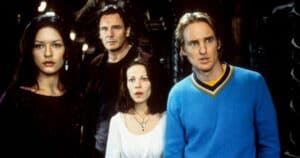
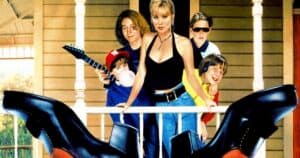

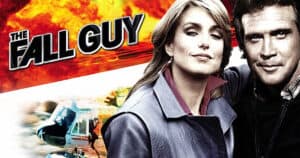
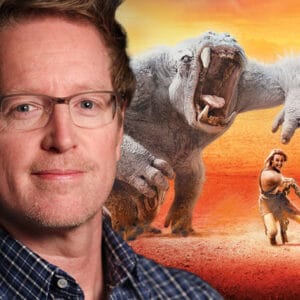
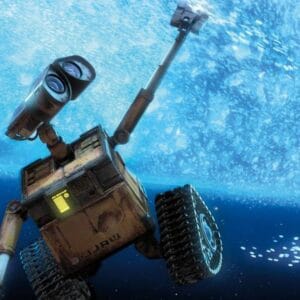
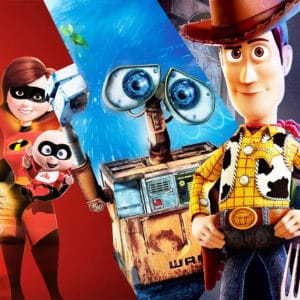
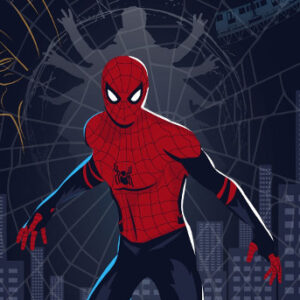
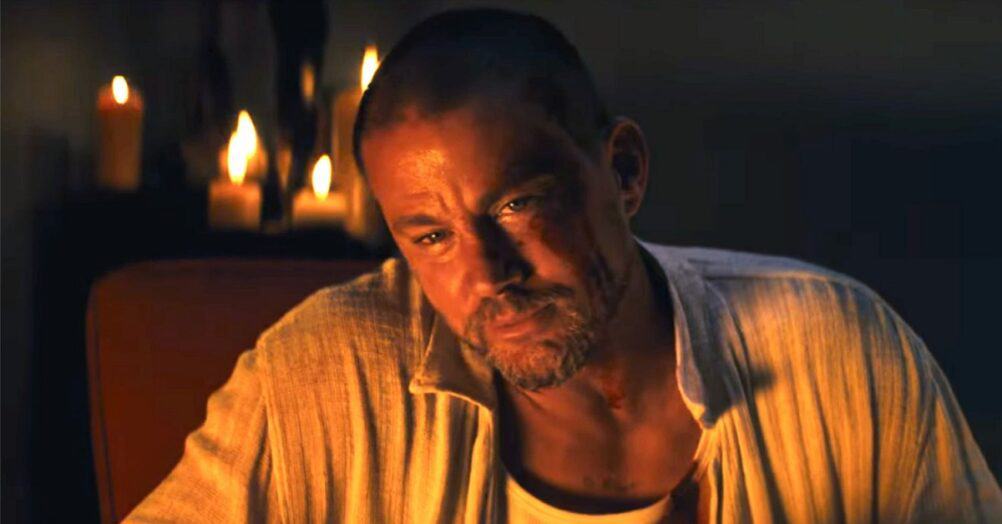
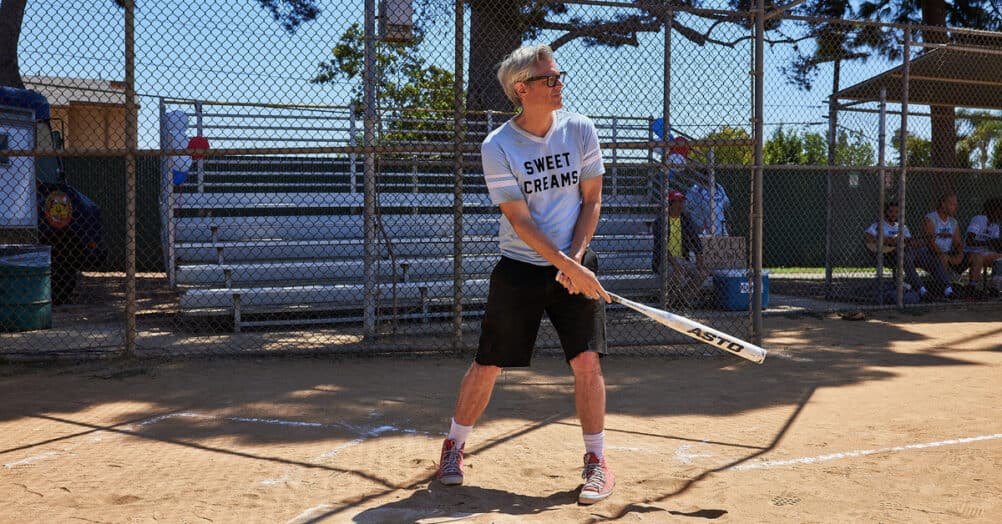
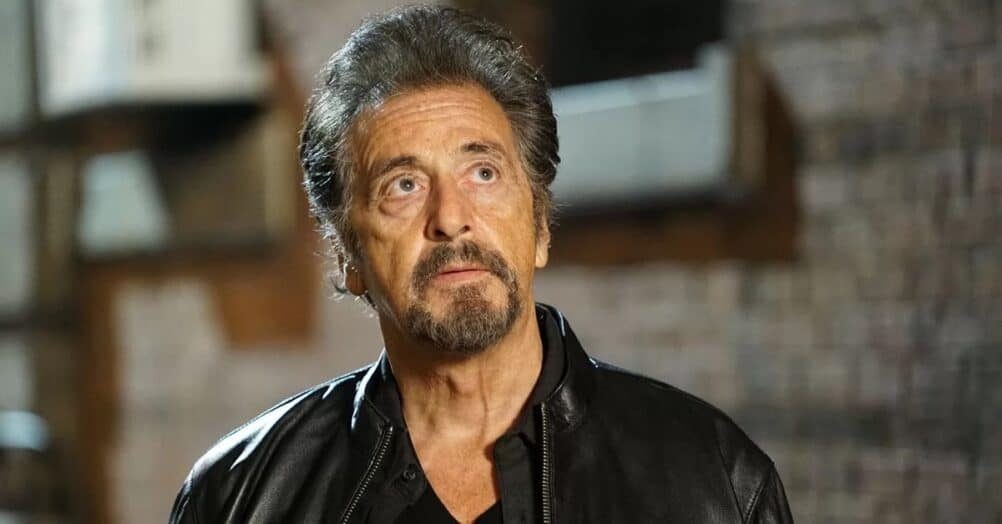
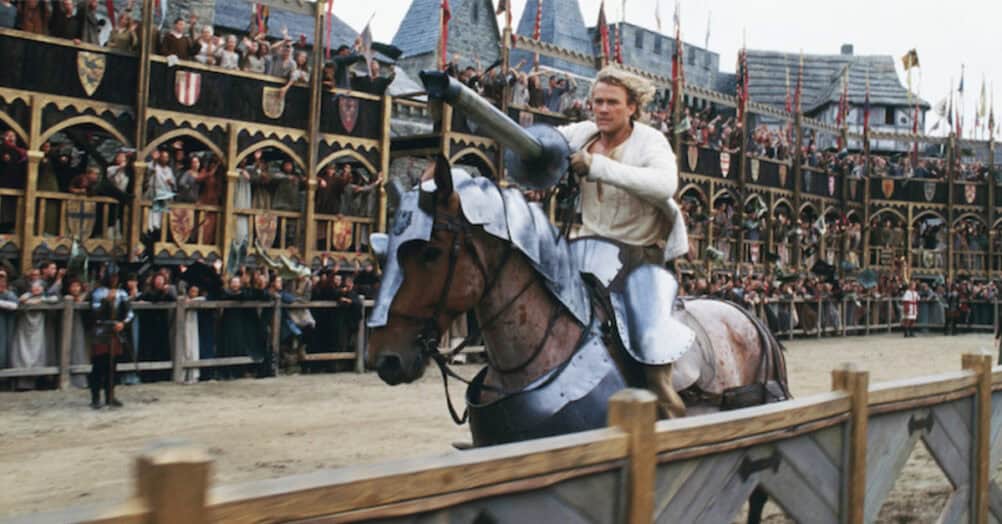
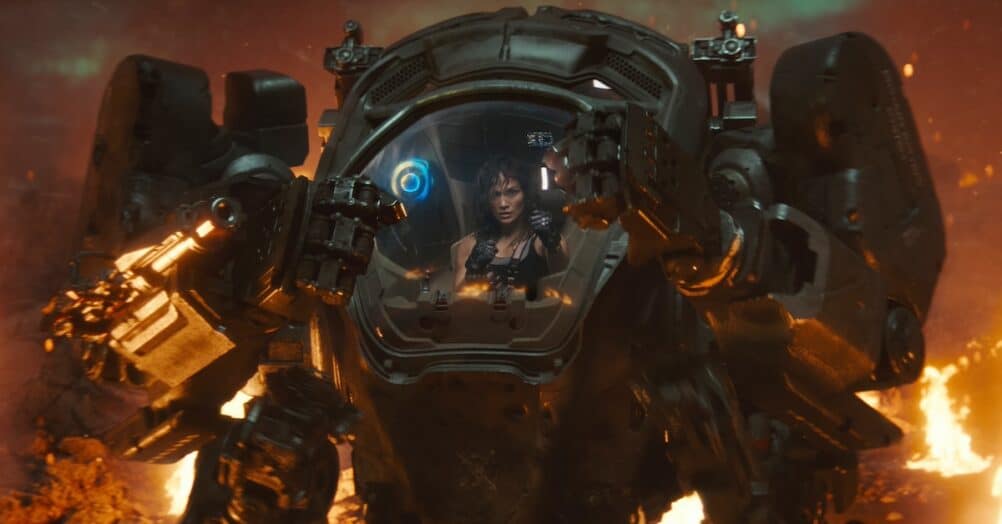
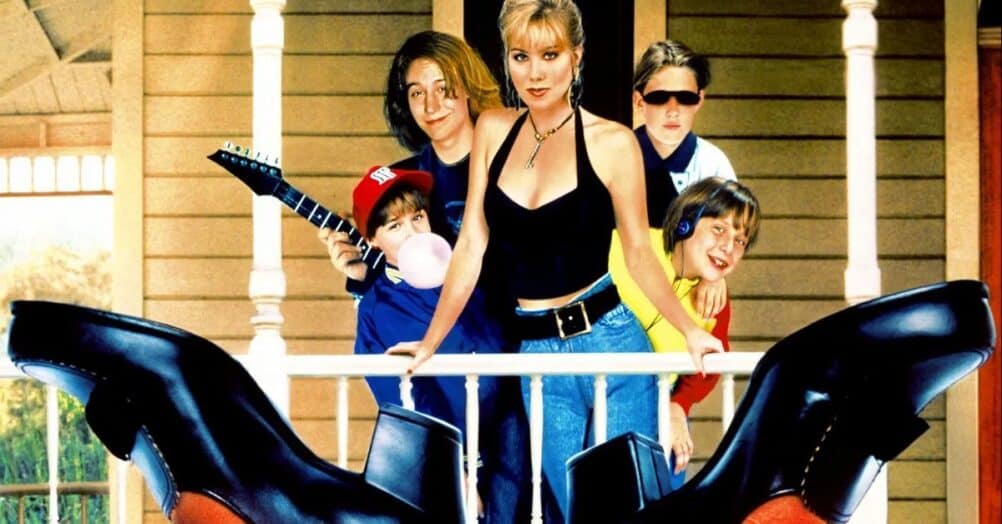

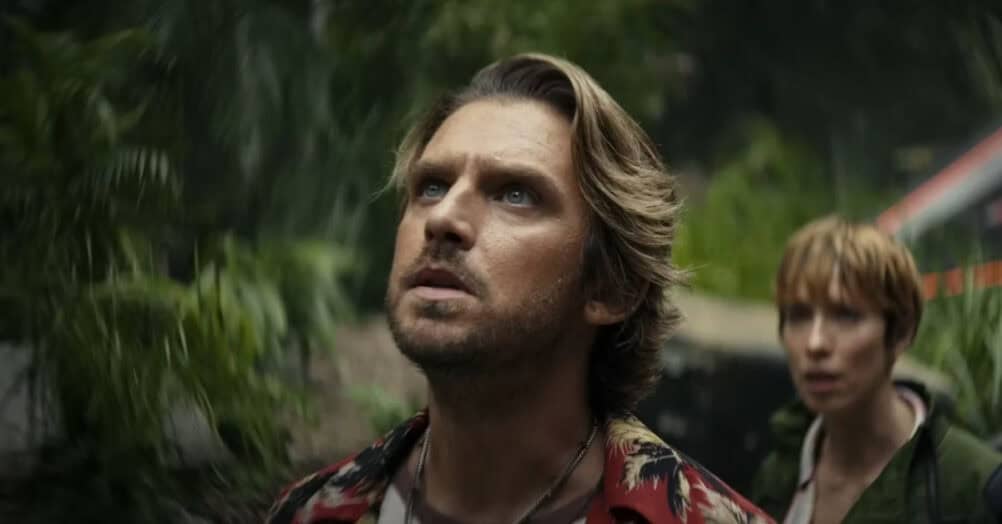

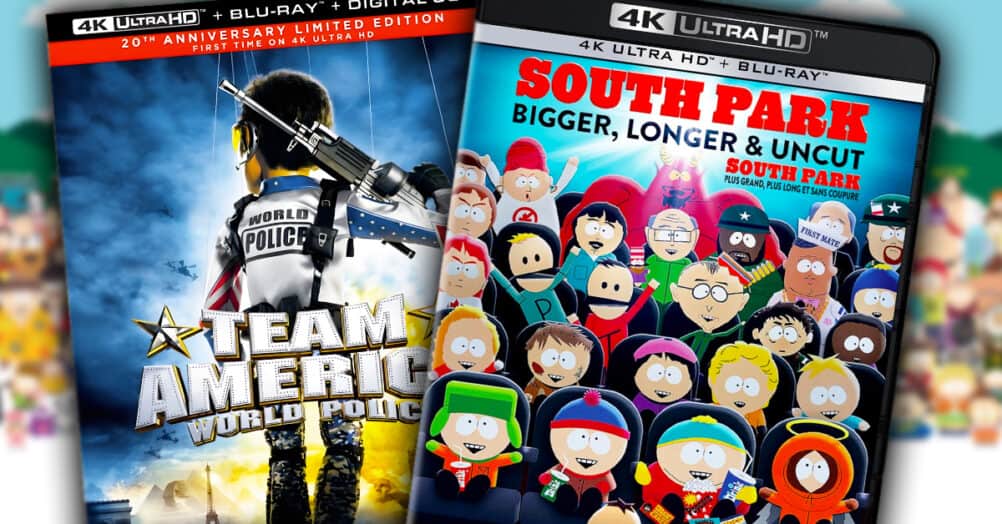
Follow the JOBLO MOVIE NETWORK
Follow us on YOUTUBE
Follow ARROW IN THE HEAD
Follow AITH on YOUTUBE